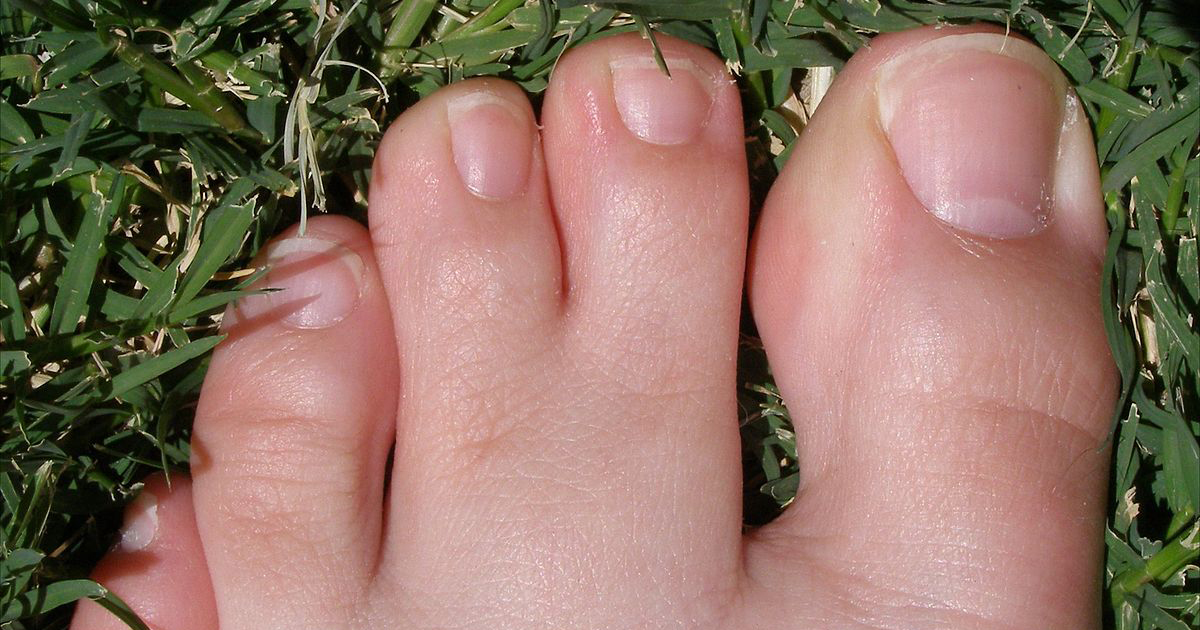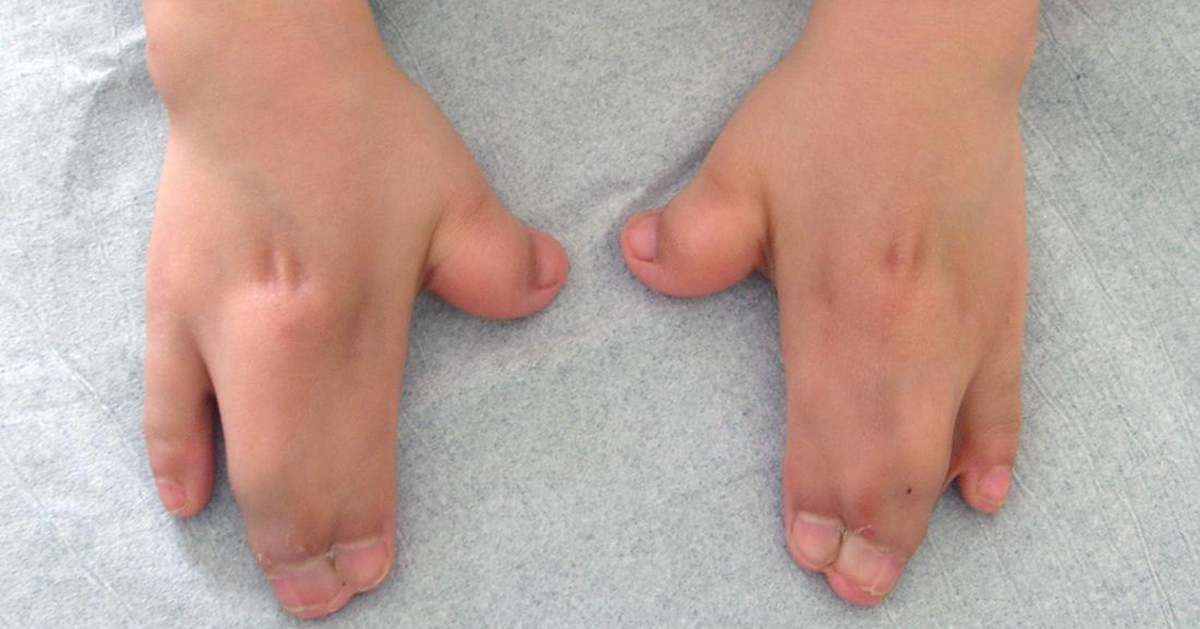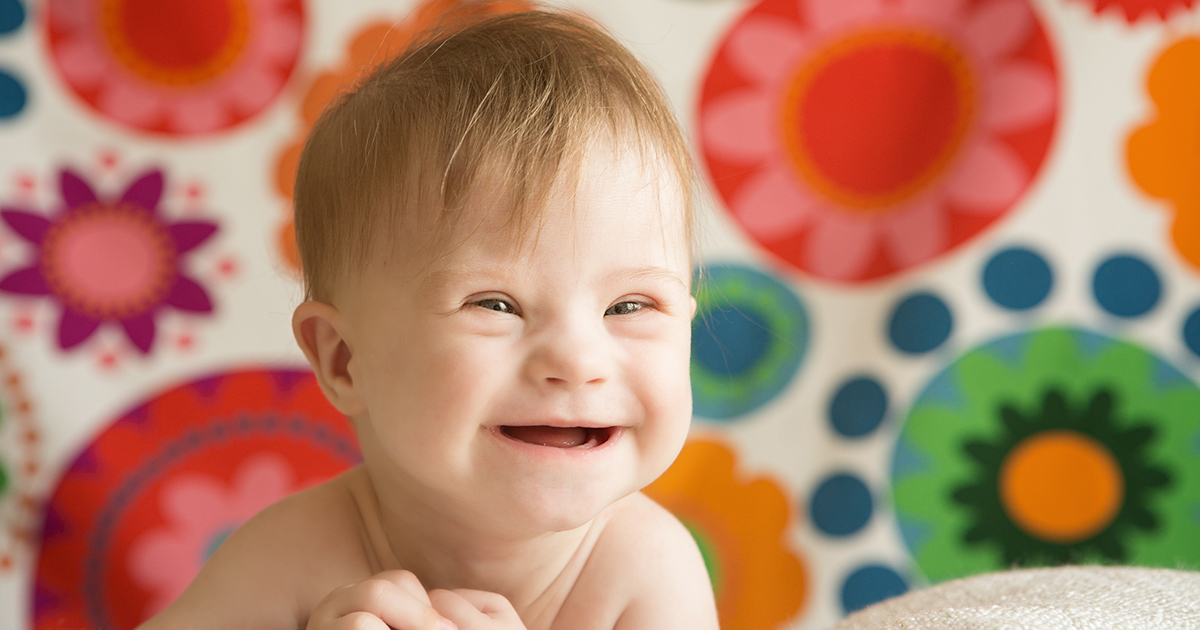Conditions Associated With Webbed Hands & Feet
Webbed toes and fingers are digits connected to each other by tissue. They are congenital disabilities that occur in about one out of every two to three thousand infants. Caucasian boys are the most likely to be affected. Doctors often describe webbed digits by their severity. They thus use the following descriptions: incomplete, complete, simple, complex, and complicated. The incomplete form, where the webbing extends only partway up the finger or toe, is the mildest type. In the complete form, the webbing extends all the way up to the tip of the finger or toe.
In the simple form, the digits are connected only by soft tissue like skin. In the complex type, the digits are connected by soft and hard tissues that can include cartilage and even bone. The complicated form is similar to the complex one, but the affected digits are also misshapen and may be missing parts.
Get to know medical conditions associated with webbed hands and feet now.
Syndactyly

Syndactyly is simply the medical term for webbed digits. The word comes from the Greek words for together and finger.
In a developing embryo, the hands and feet start off looking like paddles, and during the sixth or seventh week, the tips of the paddles split and form fingers or toes. In syndactyly, something goes wrong with this process, and the baby is born with digits more or less fused together. The only way to correct webbed digits is to perform surgery. In most cases, the doctor will separate the child’s fingers when they are between one and two years old. By that age, the child will be better able to tolerate the anesthesia. As the surgeon will only separate two digits at a time, the child may need several surgeries.
Webbed digits often occur on their own as a random mutation. They can also run in some families. In other cases, however, webbed fingers occur as part of a genetic disorder. Continue reading to find out what these are now.
Apert Syndrome

Apert syndrome is a rare genetic disorder caused by a mutation of a specific gene. The affected gene, FGFR2, produces a protein that controls the development of bone cells. The affected bones fuse abnormally early, causing deformities of the hands, feet, skull, and face. A child with the syndrome will often be born with three fingers or toes more or less fused together, and in some cases, all of the fingers or toes will have webbing. The patient may also have more than the usual number of fingers or toes, which is a condition called polydactyly.
Premature fusion of the skull bones is sometimes called craniosynostosis, and it causes a variety of characteristic deformities, for the head can’t grow normally. The middle part of the face appears sunken in, and the eyes are wide-set and bulging. The eye sockets can be shallow enough to impair vision. The patient also has an underdeveloped lower jaw that causes dental problems, like crowded teeth.
Keep reading for more conditions associated with webbed hands and feet.
Crouzon Syndrome

Crouzon syndrome is the most common of the craniosynostosis syndromes and affects sixteen out of every million newborns. In this condition, the infant’s skull bones fuse prematurely and cause various deformities. They will also have shallow eye sockets with bulging, wide-set eyes, an underdeveloped lower jaw, and a beak-like nose. Affected infants often have dental problems like crowded teeth caused by their poorly developed lower jaw. Some patients have abnormally narrow ear canals that cause hearing loss. Some patients are also born with a cleft palate or lip. In a variant form called type II Crouzon syndrome, the patient will also have webbed digits.
The condition is caused by a mutation of the gene FGFR2, which causes the skull bones to fuse too early. Infants and children with the disorder undergo several surgeries to both prevent brain damage and to correct their deformities. If the operation is performed soon enough, the child can enjoy normal intelligence and an average lifespan.
Continue to learn about the next medical condition associated with webbed hands and feet.
Down Syndrome

Under normal circumstances, humans are born with two copies of each chromosome. In Down syndrome, also known as trisomy 21, the patient has either part or all of a third copy of chromosome 21. Trisomy 21 is a common chromosomal disorder that affects about one of every seven hundred babies, and it is most likely to occur if the mother is over thirty-five years old during her pregnancy.
Patients with trisomy 21 grow more slowly than normal children. Consequently, they are shorter than average; the typical man with trisomy 21 typically stands no more than five feet one inch tall. The vast majority of patients have at least some degree of intellectual disability; most have an IQ of about fifty, which means their intelligence matches that of an average eight- or nine-year-old child. Other common characteristics include poor muscle tone, eyes that slant upward, a flat nasal bridge, a large protruding tongue, and a single deep crease in the middle of the palm.
About fifty percent of Down syndrome patients are also born with a heart defect and are also more likely to develop epilepsy and leukemia than the general population. Adults with trisomy 21 are more susceptible to dementias like Alzheimer's. The current life expectancy of a patient with Down syndrome is around sixty years.
Continue to learn about another condition associated with webbed hands and feet now.
Aarskog Syndrome

Also known as Aarskog-Scott syndrome, Aarskog syndrome is a rare genetic disorder that affects mainly boys. It is caused by a mutation in one of the genes on the X chromosome and is thus a sex-linked condition. Females are typically only carriers, but some of them can display mild symptoms. Aarskog-Scott syndrome is believed to affect one out of every twenty-five thousand newborns.
Aarskog-Scott syndrome affects the bones, muscles, and genitalia. Patients often have distinctive facial features, including a round face, wide-set eyes, drooping eyelids, a widow’s peak hairline, an unusually small or broad nose, and a long groove above the upper lip. Patients with Aarskog-Scott syndrome also have a variety of skeletal abnormalities including short stature, webbed or abnormally short digits, an indented chest, and curled pinky fingers. Their physical development is often slow, so their teeth come in late, and they are also delayed in reaching puberty. Patients often also have a misshapen scrotum or undescended testicles.